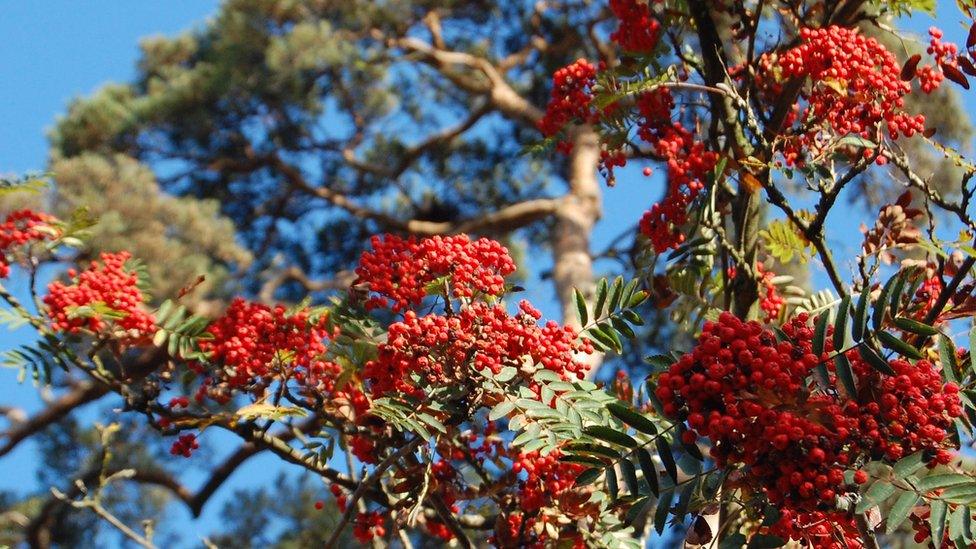Database helps plant 'right tree for the right place'
- Published

City planners tend to stick to tree species they know and love, say researchers
German researchers have compiled a 400-species database, external to encourage people to plant the "right tree in the right place" in urban areas.
The team of scientists hope the information will help shift the focus away from the way trees look towards on the focus on biodiversity.
Over the next decade, the urban environment is expected to increase by nearly 30%.
Details have been published in the Landscape and Urban Planning, external journal.
"We wanted to place the focus on city and urban locations when choosing trees, but not on the aesthetic aspects," said co-author Juliane Vogt from the Institute of Forest Growth and Forest Computer Science at Techische Universitat Dresden, Germany.
She told BBC News that the goal of the database was to "find the right tree for the right place".
"City planner tend to like 10 to 15 species of tree, and they like to plant them again and again - that's not really biodiversity," Dr Vogt observed.
"This is why we put in 390 trees and shrubs into the database so there was a huge range of different species and varieties.
Boosting biodiversity
Dr Vogt added that she hoped that professionals, such as city planners and landscape architects, would use the database, adding "but we also think it will be of interest for homeowners if they have a garden and want to find out what sort of tree would be suitable".
She said that there were numerous benefits associated with city trees, such as shading and reducing the urban heat island effect, which make towns and cities several degrees warmer than surrounding rural areas. This is a particular problem during heatwaves.
"Trees also provide habitat for other animals that have made their home within cities," She added.
The long term survival and evolutionary development of species populations are shaped by the surrounding habitat. For some species, urban life has presented an opportunity for a new beginning.
The BBC Natural History Unit's Planet Earth II looks at the lure of the urban jungle for wildlife in its final episode of the series.
The programme, set to be broadcast on Sunday, 11 December, looks at peregrine falcons in New York, which are booming, thanks to another urban success story - the pigeon, or rock dove.
Langurs, a species of monkey in India, are also thriving. Revered as a mortal connection with a god, the animals are fed. Numbers are booming.
However, the growing biodiversity of urban life is not universally welcomed. Some species - racoons, rats, pigeons - are widely regarded as pests. Plants, such as the Japanese knotweed - once prized - are unwelcomed opportunists.
"Trees also interact with humans and the surrounding city, so one point of the database is to take account of some of the risks, such as having poisonous trees, or trees that have brittle wood that can break," said Dr Vogt.
"Some residents really dislike trees because, for example, they are too big.
"In the street near where I live, there are pear trees and now, in the autumn, the pears are falling and leaving a mess on the pavement below. People are now calling for them to be cut down, even though they are healthy."
Follow Mark on Twitter., external